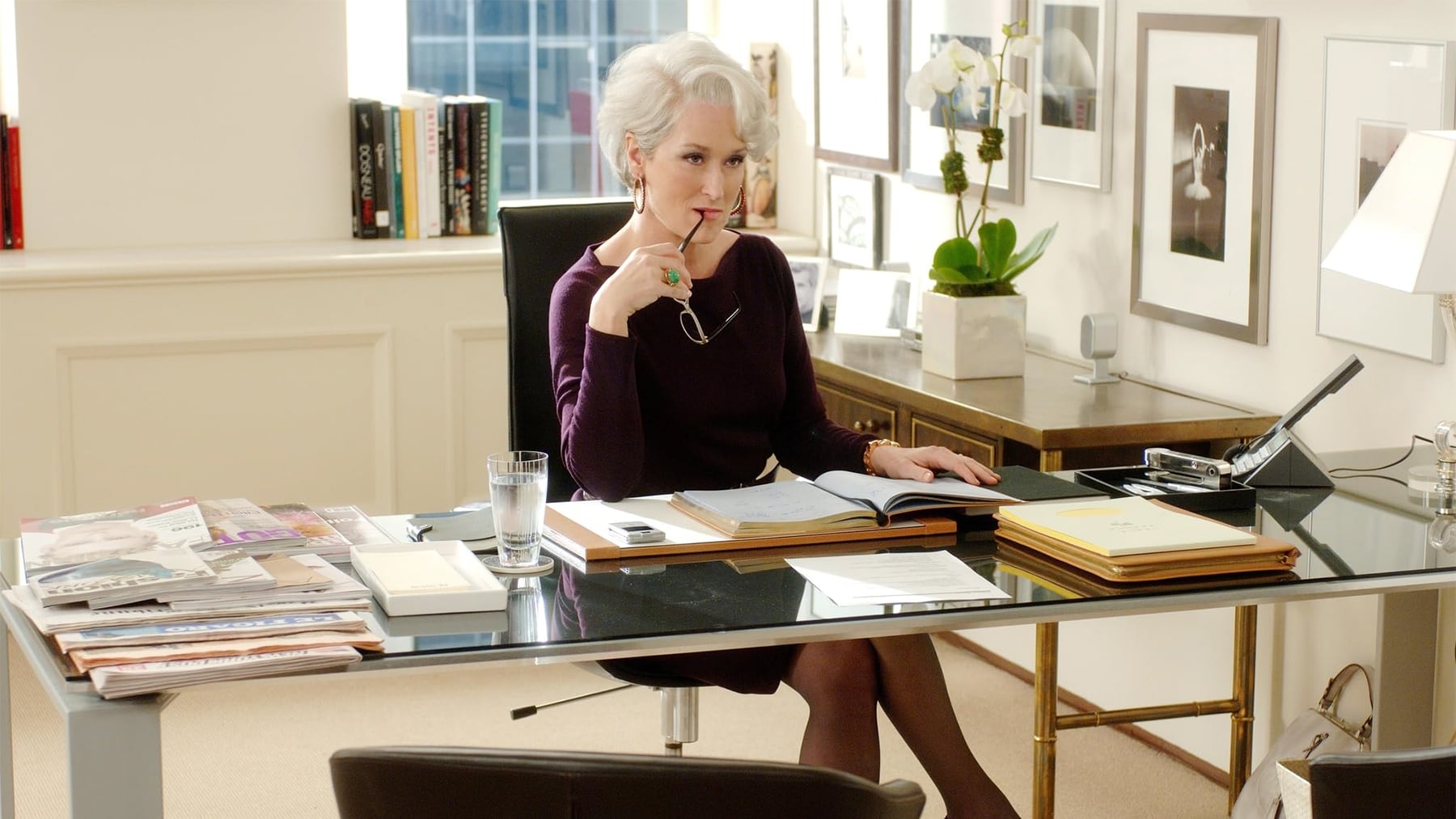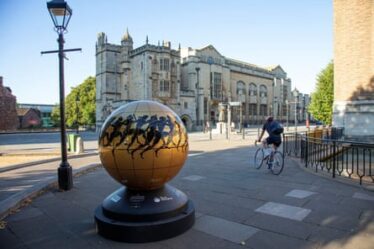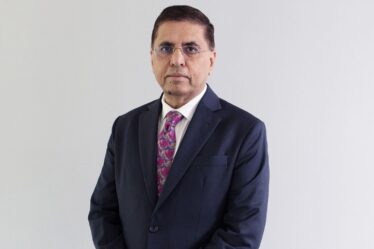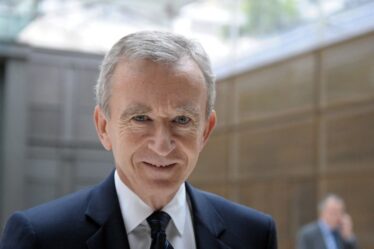
In 2006, the September issue of US Vogue contained a whopping 625 pages of ads. That same year, editor Anna Wintour became a household name thanks to the hit film “The Devil Wears Prada,” based on the book of the same name by her former assistant, Lauren Weisberger, who, despite publicly denying it, based the story on her experiences assisting Wintour.
The movie — which traces the story of aspiring journalist Andy (Anne Hathaway) as she assists Wintour stand-in Miranda Priestly (Meryl Streep) — became such a pop culture phenomenon that enthusiasm has hardly died down eighteen years later.
The line “Florals? For Spring? Groundbreaking” is memed to death each year once winter thaws. And all Wintour needs to do is sit next to Hathaway to trigger headlines referencing “The Devil Wears Prada.” It’s even becoming a musical that will premiere later this year in London.
Unsurprisingly, the internet broke a little this week following Puck’s report that Disney was making a sequel to the film that could reunite screenwriter Aline Brosh McKenna and director David Frankel with Streep and Emily Blunt, who played Miranda’s senior assistant Emily.
Of course, the business of fashion magazines has changed radically since 2006 and the sequel’s plot is said to follow Priestly as she navigates a difficult media landscape while chasing ad dollars from an LVMH-like luxury conglomerate, where former assistant Emily is now an executive.
If Vogue used to boast about the literal weight of its ad-heavy print issues, it’s now in the business of selling “impressions” online, with offerings like the Met Gala livestream. At this year’s Newfronts, where publishers pitch digital offerings to advertisers, Wintour even hyped the cockroach that appeared on the red-carpet broadcast last year and became an internet joke.
The culture of work has also changed drastically since 2006. As Miranda’s overworked, underpaid assistant, Andy scored “the job a million girls would kill for.” But these days, many young fashion media aspirants might try their hand as influencers or internet critics before attempting to get a foot in the door the old-fashioned way as Wintour’s assistant.
But these shifts ought to give the movie plenty of opportunities for the mix of light-hearted comedy and emotional depth that made the original film resonate so widely.
While the movie intended to honour the creativity that goes into making a beautiful fashion magazine, “there is the silliness of the way you’re talking about belts and hats and hemlines,” screenwriter Aline Brosh McKenna told me in 2020. At the same time, the film told the story of a young woman confronted by an unreasonable boss, something to which many can relate.
The movie was also a critique of Priestly’s values: Andy doesn’t throw her phone into a Paris fountain toward the end of the movie because Miranda makes her crazy, but because she realises that she’s succumbing to the ruthless industry politics that Miranda espouses. “Those are not the values of how she wants to live her life,” Brosh McKenna explained.
The sequel could also explore a host of other hot topics as well, from sustainability to the shifting power balance between media brands and luxury groups. I personally would love to know how Miranda would react behind closed doors to all of that! Who knows, it might even let today’s self-serious fashion industry laugh at itself a little bit.
Amy Odell is the author of Anna: The Biography. She also writes fashion and culture newsletter Back Row.



